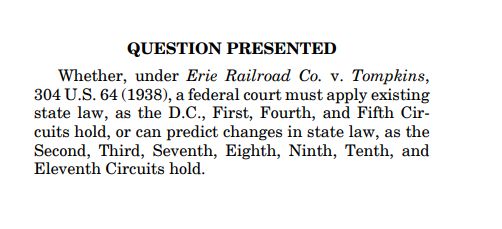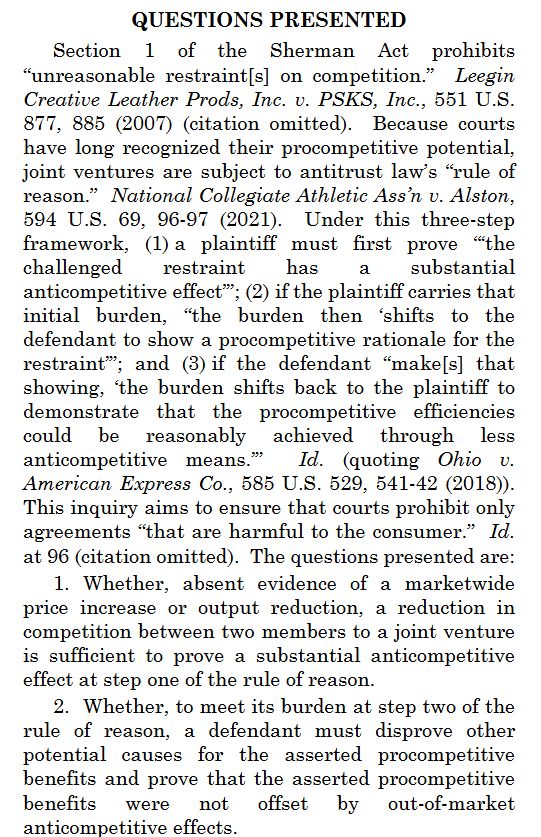SCOTUSGate
@scotusgate.bsky.social
470 followers
2.1K following
880 posts
Tracking new Supreme Court petitions. Currently a work in progress. From @denniscrouch.bsky.social.
Posts
Media
Videos
Starter Packs
SCOTUSGate
@scotusgate.bsky.social
· Mar 29
SCOTUSGate
@scotusgate.bsky.social
· Mar 29
SCOTUSGate
@scotusgate.bsky.social
· Mar 29
SCOTUSGate
@scotusgate.bsky.social
· Mar 29
SCOTUSGate
@scotusgate.bsky.social
· Mar 6
SCOTUSGate
@scotusgate.bsky.social
· Mar 4
SCOTUSGate
@scotusgate.bsky.social
· Mar 4
SCOTUSGate
@scotusgate.bsky.social
· Mar 4
SCOTUSGate
@scotusgate.bsky.social
· Mar 4
SCOTUSGate
@scotusgate.bsky.social
· Mar 4
SCOTUSGate
@scotusgate.bsky.social
· Mar 4
SCOTUSGate
@scotusgate.bsky.social
· Mar 4
SCOTUSGate
@scotusgate.bsky.social
· Mar 4
SCOTUSGate
@scotusgate.bsky.social
· Mar 3
SCOTUSGate
@scotusgate.bsky.social
· Mar 3
SCOTUSGate
@scotusgate.bsky.social
· Mar 3
SCOTUSGate
@scotusgate.bsky.social
· Mar 3
SCOTUSGate
@scotusgate.bsky.social
· Mar 3
SCOTUSGate
@scotusgate.bsky.social
· Mar 3
SCOTUSGate
@scotusgate.bsky.social
· Mar 3



